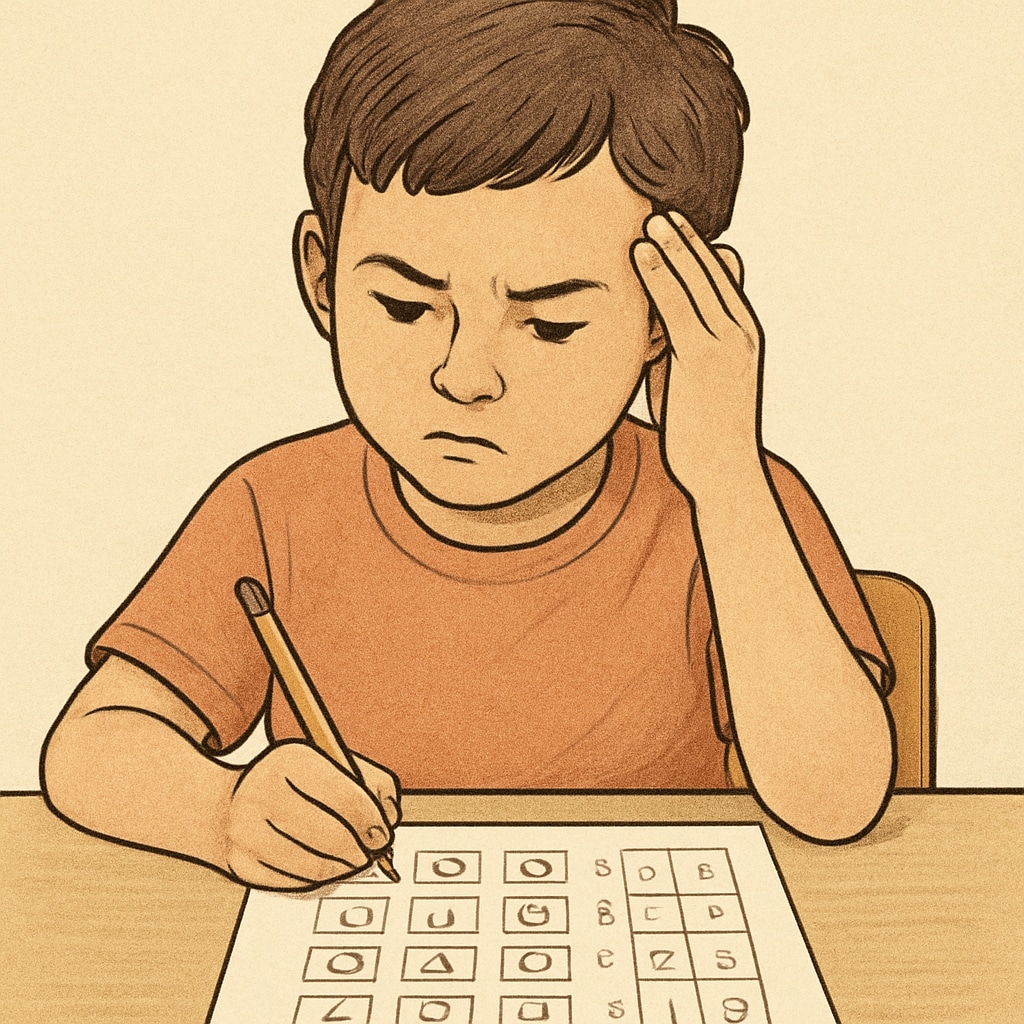Identifying and nurturing the talents of gifted children requires a robust and reliable evaluation system. Standardized tools such as the Cognitive Abilities Test (CogAT), the Wechsler Intelligence Scale for Children (WISC), and the Stanford-Binet Intelligence Scales have long been used to assess children’s intellectual and cognitive abilities. However, relying solely on standardized tests often fails to capture the full spectrum of a child’s potential. This article explores the strengths and weaknesses of these popular tools, emphasizing the importance of a holistic, multidimensional approach to evaluating gifted children.
Understanding the Popular Testing Tools
When it comes to assessing giftedness, tools like CogAT, WISC, and Stanford-Binet are often the first to come to mind. Each of these tests offers unique insights into a child’s abilities, but they also have limitations that parents and educators should consider.
- Cognitive Abilities Test (CogAT): The CogAT measures reasoning abilities across verbal, quantitative, and nonverbal domains. It is widely used in schools to identify gifted students due to its focus on cognitive potential rather than academic achievement. However, critics argue that it may not fully capture creative or emotional intelligence.
- Wechsler Intelligence Scale for Children (WISC): The WISC assesses a child’s intellectual functioning through a series of subtests that measure verbal comprehension, working memory, processing speed, and more. While it offers a detailed profile of cognitive strengths and weaknesses, it may overlook talents in areas like the arts or leadership.
- Stanford-Binet Intelligence Scales: This test is one of the oldest and most respected tools for measuring IQ. It evaluates abilities in fluid reasoning, knowledge, quantitative reasoning, visual-spatial processing, and working memory. While comprehensive, it may disadvantage children who excel in nontraditional areas of giftedness.

Why a Single Test is Not Enough
Despite their utility, standardized tests like CogAT, WISC, and Stanford-Binet cannot provide a complete picture of a child’s unique talents and potential. These tools are often limited by cultural biases, test anxiety, and the inability to measure less tangible traits like creativity, motivation, or emotional intelligence. As a result, relying on a single test can lead to an incomplete or even misleading assessment of a child’s abilities.
For example, gifted children with learning disabilities—often called “twice-exceptional” children—may perform poorly on traditional IQ tests despite their exceptional talents in other areas. Similarly, a child with a strong aptitude for music, art, or athletics may not excel in cognitive tests but still possess extraordinary gifts.
A Multidimensional Approach to Giftedness
To truly understand and nurture a gifted child, a multidimensional evaluation system is essential. This approach combines standardized tests with observational assessments and performance evaluations, creating a more comprehensive view of the child’s abilities. Here’s how it works:
- Standardized Tests: Use tools like CogAT, WISC, or Stanford-Binet as a baseline for measuring cognitive abilities and intellectual potential.
- Observational Assessments: Teachers, parents, and psychologists observe the child in natural settings to identify talents that may not emerge in testing environments, such as leadership skills, creativity, or emotional intelligence.
- Performance Evaluations: Assess the child’s achievements in specific areas, such as musical performance, artistic creations, or problem-solving skills in real-world scenarios.

Creating Personalized Development Plans
Once a child’s unique strengths and abilities have been identified through a multidimensional approach, the next step is to create a personalized development plan. This plan should focus on nurturing the child’s talents while addressing any areas of relative weakness. For example:
- Provide advanced coursework or enrichment programs in the child’s area of strength.
- Offer support services for twice-exceptional children, such as tutoring or therapy for learning disabilities.
- Encourage extracurricular activities that align with the child’s interests and abilities, such as music lessons, science clubs, or leadership camps.
By tailoring educational and developmental opportunities to the child’s individual needs, parents and educators can help them reach their full potential.
Conclusion: Beyond Numbers
While standardized tests like CogAT, WISC, and Stanford-Binet are valuable tools for assessing gifted children, they are not sufficient on their own. A holistic, multidimensional approach that incorporates observational assessments and performance evaluations provides a more accurate and complete picture of a child’s talents. By moving beyond numbers and embracing a broader perspective, we can create personalized development paths that empower every gifted child to thrive.
For further reading: Learn more about the Stanford-Binet Intelligence Scales on Wikipedia or explore the Wechsler Intelligence Scale for Children on Britannica.


